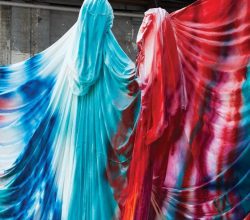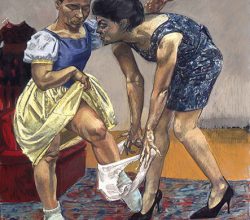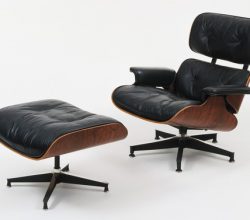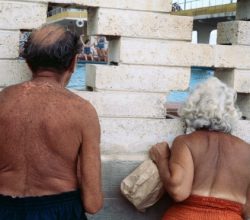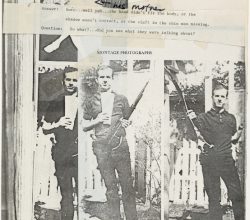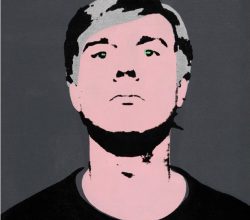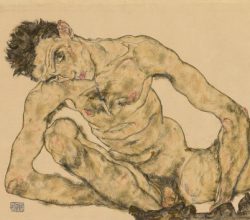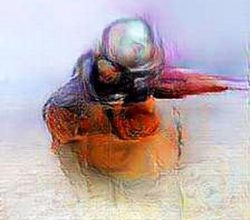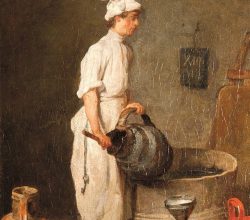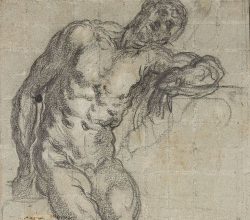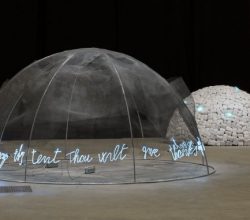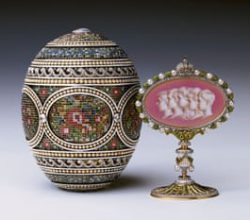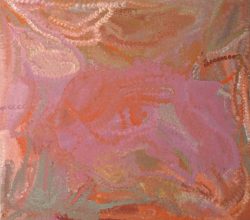
Ancient or modern? The perplexing case of indigenous art
Morgan Meis | The-Easel | 20th November 2018
Indigenous art sometimes gets the lame description ‘outsider art’, implying it has little in common with western art. This view would have greatly surprised Picasso and Matisse, among others. So how do we describe the relationship between indigenous and western art? Morgan Meis takes a close look.
“The fact remains – a great many of the artists [including Picasso] who are celebrated in the galleries and museums of Modern art were utterly discontented with the boundaries of “the Modern,” of which they are often considered the exemplars. Fascinatingly, for our purposes, they would replace the Modern idea of art with something more akin to what the Aboriginal artist has been doing all along: making sacred and ritual objects that mediate between human being and cosmos.”

